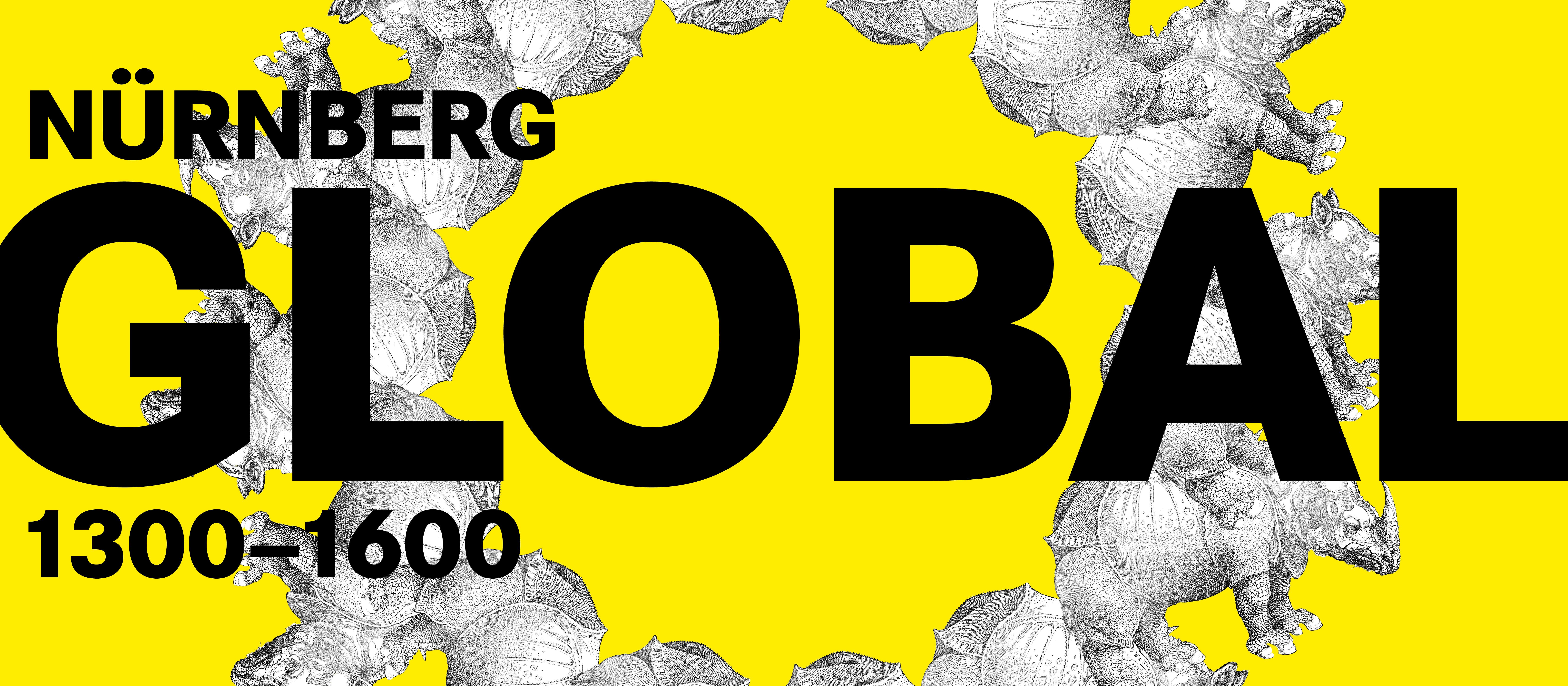
GLOBAL Nuremberg 1300–1600
25/09/2025 – 22/03/2026
This special exhibition focuses on Nuremberg’s global networks between 1300 and 1600, the city’s importance as an international trading center in the heart of Europe, and its cultural interactions worldwide. At the same time, the GNM critically reflects on Nuremberg’s role, past and present, in an increasingly globalized world.
Nuremberg was a hub for luxury goods arriving on trade routes from all corners of the world, while businesses such as the arms trade contributed to the city’s thriving prosperity. Churches and ruling dynasties from all over Europe ordered works of art and other precious items here, while most of the traded goods were mass-produced in serial workshop production.
But global trade went far beyond the import and export of goods and raw materials. Pilgrims, merchants, diplomats, and artists from Nuremberg traveled the world. Their city became an important center for the dissemination of news of all kinds. Countless broadsheets and pamphlets describing European expeditions and the people and animals of distant lands were printed in Nuremberg. The world’s oldest surviving globe, the Behaim Globe, was made here.
Nuremberg imported raw materials, too, from all over the world, such as coconuts, ostrich eggs, and sea snails, which local goldsmiths turned into ornate, luxury cups. Artists traveled to Nuremberg from far and wide to hone their skills and take their newfound knowledge back out into the world.
Albrecht Dürer’s motifs were replicated by Indian illuminators, and his famous rhinoceros even appears on a mural as far away as Colombia.
But the exhibition also highlights the darker side of early-modern globalization. Nuremberg merchants were involved in the transatlantic slave trade and the colonization of the Americas. Together with the Portuguese, they waged brutal economic wars on the east coast of Africa and in India.
The exhibition brings together a large number of high-caliber loans from across Europe, all of which relate to Nuremberg and illustrate the city’s many entanglements in early global history.
